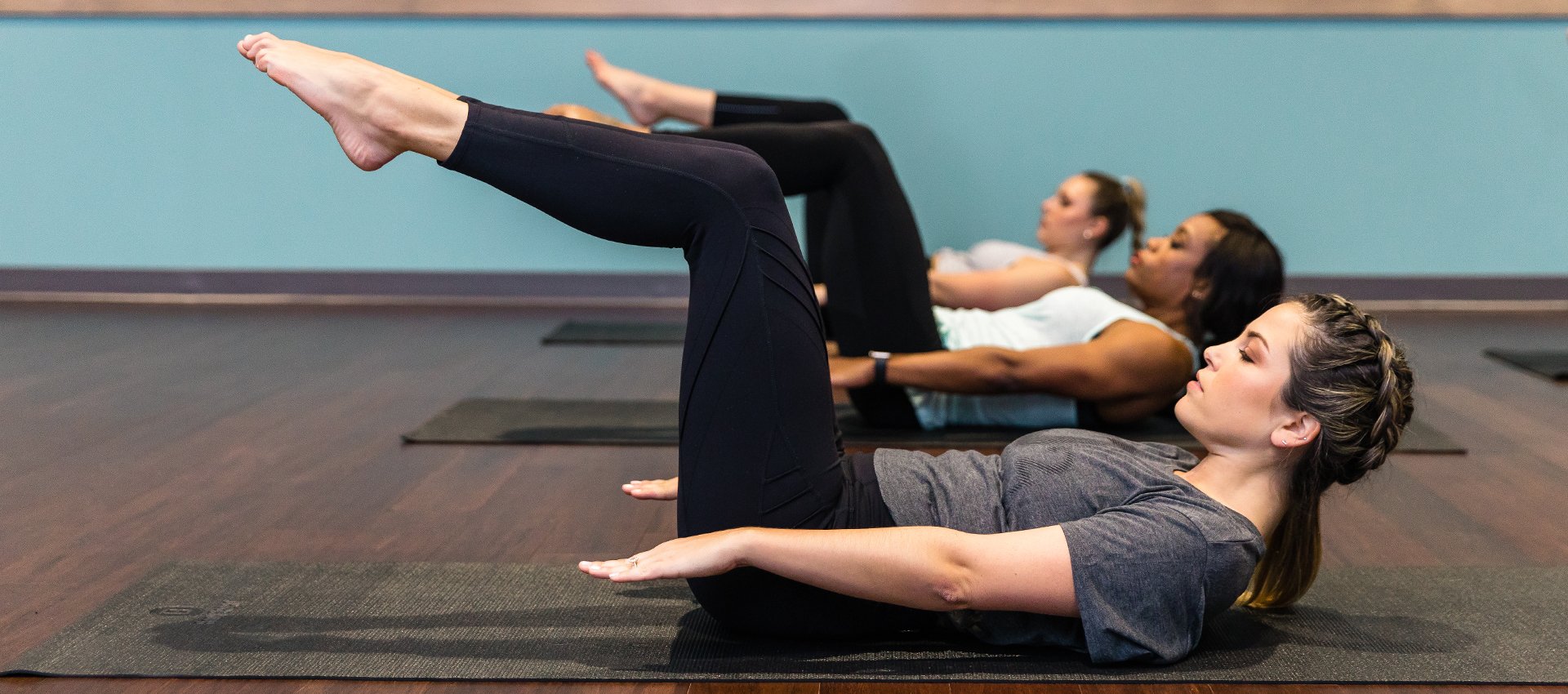You've probably heard “core workout” and “ab workout” used interchangeably to describe exercises that target the midsection of the body. BUT, training your core and your abs are not the same thing.
While both are essential parts of having a strong and stable body, understanding the difference between them can help you effectively train and strengthen them.
In this blog, we'll explore the basic anatomy of your abs and core, explain the differences between them, and discuss effective ways to train them for maximum wellness benefits!
Abs
When we talk about our "abs," we typically refer to the muscles in the front of the abdomen called the rectus abdominis. These muscles are responsible for that coveted six-pack appearance and play a key role in flexing the spine during movements like crunches or sit-ups.
While having well-defined abs is aesthetically pleasing, solely focusing on them neglects other crucial muscles that contribute to overall core strength and stability.
Core
On the other hand, the "core" encompasses a broader group of muscles beyond our abs. Your core includes both your abs and your obliques (side muscles), lower back muscles, and muscles around your pelvis.
Your core muscles work together to provide stability and support for your entire body, helping with balance, posture, and overall strength.
The Difference Between Abs and Core
So, what sets abs apart from the core? While abs are part of the core, they represent only a fraction of the entire core muscle group. While working and consistently training your abs may result in aesthetic gains, this overlooks the functional strength and stability provided by the entire core.
Incorporating exercises targeting all core muscles, such as planks and bridges, can help you build a strong and stable core for better performance in daily activities and workouts.
Training Abs vs Training Core
When it comes to training, it's essential to incorporate exercises that target both the abs and the broader core muscles. Traditional ab exercises like crunches and leg raises are great for sculpting the rectus abdominis, but they often neglect the deeper core muscles.
To truly strengthen the core, incorporate exercises that engage multiple muscle groups simultaneously. Plank variations, bird dogs, hollow holds, and medicine ball slams are excellent exercises that challenge the core and improve overall stability, balance, and functional strength.
Benefits of a Strong Core
Developing a strong core offers benefits beyond just looking a certain way. A well-trained core can improve posture, reduce the risk of injury, enhance athletic performance, and support everyday activities like lifting, bending, and twisting.
Plus, a strong core contributes to overall balance and stability, promoting better movement efficiency and coordination outside the gym!
Takeaways...
You've probably heard people use "abs" and "core" like they mean the same thing when talking about working out those mid-section muscles. But now you know that they're actually different parts of our muscle setup.
Knowing this matters because it helps you create a solid fitness plan that makes you stronger, steadier, and closer to your goals. When you do exercises that target both your abs and the bigger core muscles, you're building a body that can handle anything life throws your way!










.jpeg)
.jpg)